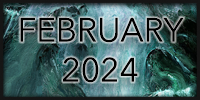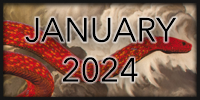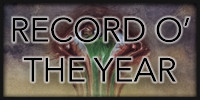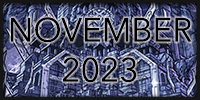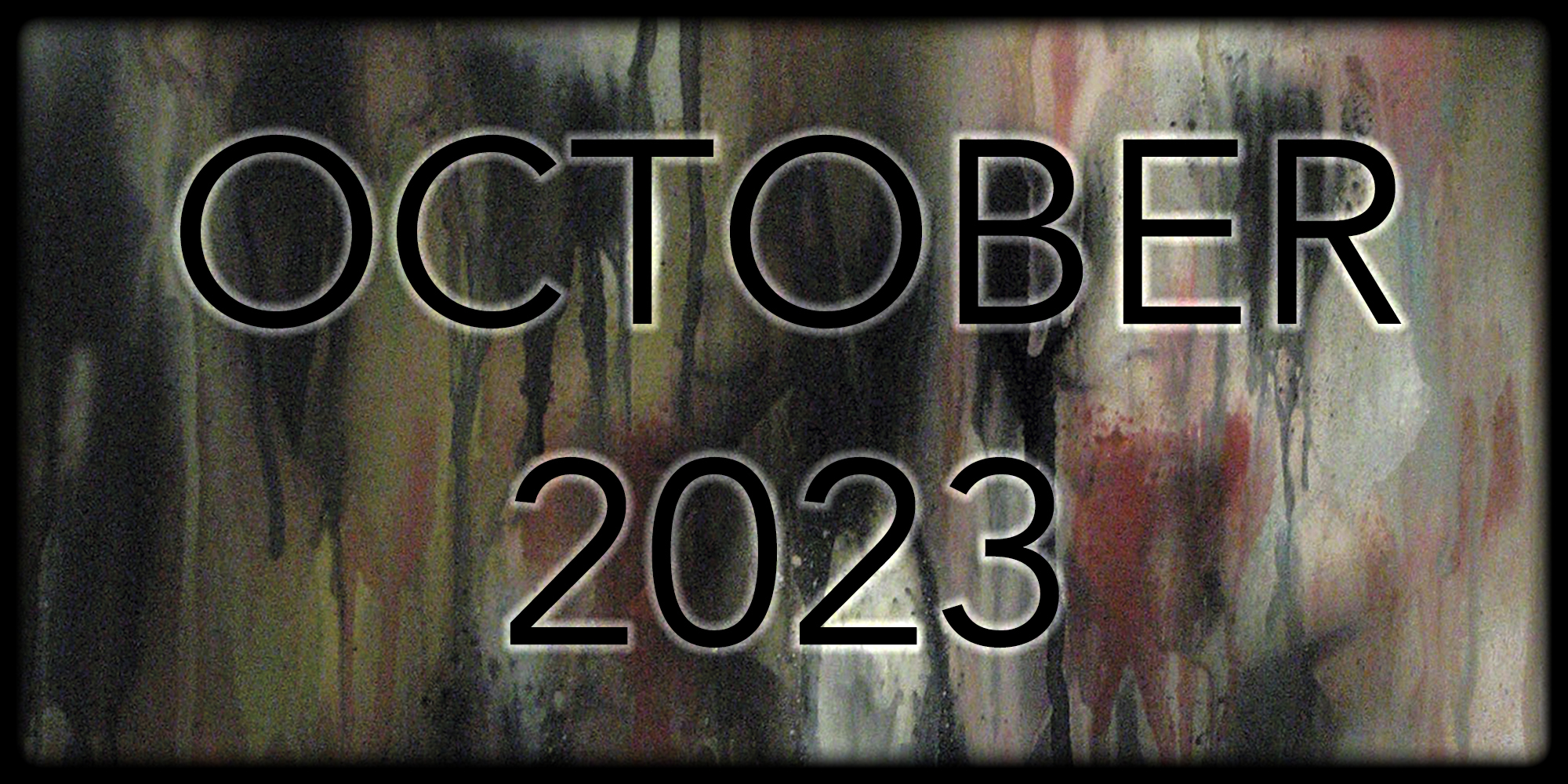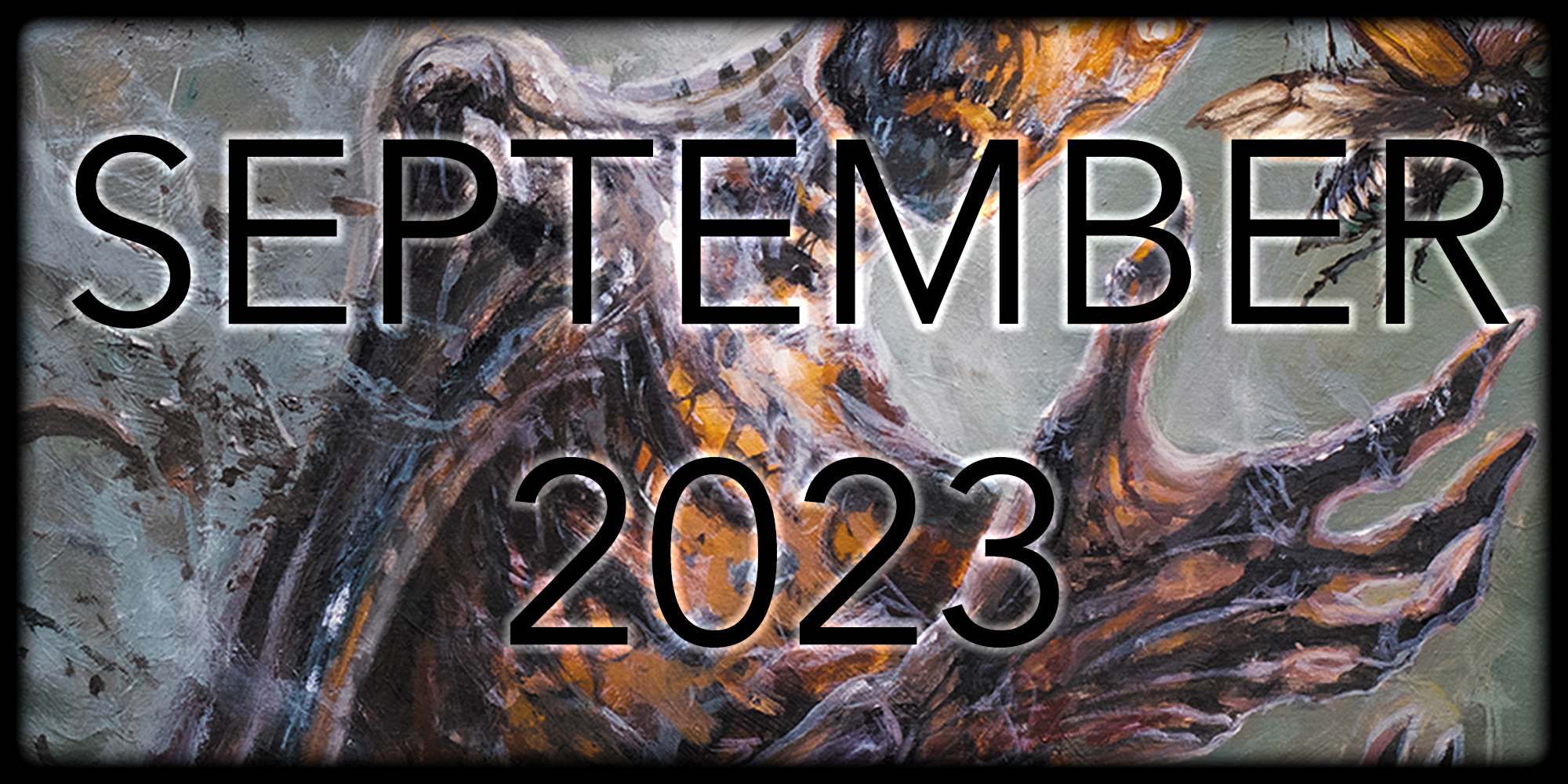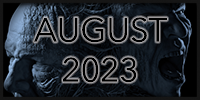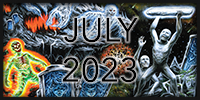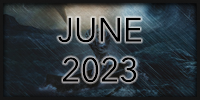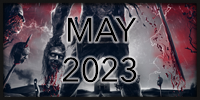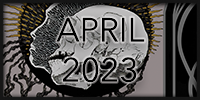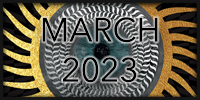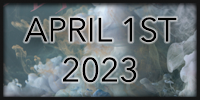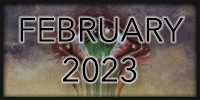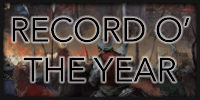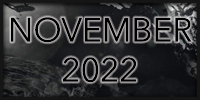![]() There’s a storm lamp on the table, throwing shadows to the gable, and you swallow, if you’re able, on a storytellers night… Mythology is one of the most dependable constants in storytelling, as storytelling is, of course, mythology itself. Informing art with homages to everything from raging deities to otherworldly intrusions, the bold realm of heavy metal is no exception from its legendary influence. Mumbai’s Demonic Resurrection return with their fifth album Dashavatar to once again spearhead the deceptively burgeoning tumult of the Indian metal scene, furnishing our imaginations with destroyer gods and teaching spirits. It wasn’t until the Demon King record that I latched onto their brand of symphonic blackened death, an album I enjoyed for all of its high stakes Midian riffing and sweeping orchestrations. In the four years between releases, the band has made some clear revisions, and Dashavatar is an unequivocally altered beast, but is it a turn for the worst?
There’s a storm lamp on the table, throwing shadows to the gable, and you swallow, if you’re able, on a storytellers night… Mythology is one of the most dependable constants in storytelling, as storytelling is, of course, mythology itself. Informing art with homages to everything from raging deities to otherworldly intrusions, the bold realm of heavy metal is no exception from its legendary influence. Mumbai’s Demonic Resurrection return with their fifth album Dashavatar to once again spearhead the deceptively burgeoning tumult of the Indian metal scene, furnishing our imaginations with destroyer gods and teaching spirits. It wasn’t until the Demon King record that I latched onto their brand of symphonic blackened death, an album I enjoyed for all of its high stakes Midian riffing and sweeping orchestrations. In the four years between releases, the band has made some clear revisions, and Dashavatar is an unequivocally altered beast, but is it a turn for the worst?
What made Demonic Resurrection initially enjoyable for me was their ability to fuse exotic chord progressions with archetypal Dimmu Borgir and Cradle of Filth guitar lines. But their sound was still fundamentally derivative, and that kind of approach suffers, more than most, at the hands of the ever entropic law of diminishing returns. This time, band-leader Sahil “Demonstealer” Makhija, has reinforced this atypical template with something of a progressive melodeath structure, somewhere between latter-day Chthonic and the more recent thrashings of Melechesh. Dashavatar, which literally means ten avatars, outlines the story of the ten earthly incarnations of Vishnu, one of the Hindu supreme beings, and it’s a perfect narrative fit for this hugely bombastic album. Previous record Demon King exhibited an evolution of the band’s basic symphonic habits into a more power metal informed fusion; Dashavatar hones the concept into a multifaceted, and indeed multi-armed, beast.
Avatar number one, “Matsya – The Fish,” opens with some slightly spurious narration until the song erupts into a sitar-laden riff and melancholic lead from guitarist Nishith Hegde, who dominates the album with acrobatic and consistently emotive soloing. The opener weaves in and out of intelligent time signatures and extravagant melodies, full of pummeling blast beats and thrashy reprieves, even boasting an incredible sitar solo. Immediately the symphonic elements feel less analogous with the band’s influences and are instead coupled more with the kind of keyboard driven melodrama of A Night at the Opera era Blind Guardian. Although characterized by the folk elements that inform the band’s nature – each track flourishes with indigenous instrumentation – there is a distinct power metal dynamic that underpins the air-tight riffing. Demonstealer’s vocals vary from a harsh bark to a more guttural growl, but it’s the inclusion of sporadic cleans that offer the most variety, adding new layers to the high drama of”Kurma – The Tortoise” and “Budda – The Teacher.”
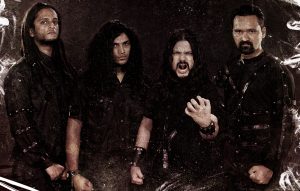
If I had one complaint, and it is a small one, it would be the slightly jumbled song order. The latter half of Dashavatar is packed full of serious quality but is questionably arranged. After one of the strongest opening four track runs in recent memory, “Narashima – The Man-Lion” and “Parashurama – The Axe Wielder,” two brilliant but very similar songs, sit back to back and have a mild tendency to blur together. Similarly, the record’s two slowest pieces are coupled at the end of the album, and it staggers the fluidity of the pacing somewhat. However, the quality of the cuts, for the most part, allays any fears of the dreaded mid-album decline and even manages to scythe through the gravitational compression of the production.
Dashavatar, without question, allows Demonic Resurrection to shake off the raiment of their much-mimicked forebears and introduce their myriad followers to a new age of self-characterization. Songs like “Krishna – The Cowherd” employs an Amorphis folk vibrancy whilst the cyclonic “Rama – The Prince” shudders with death metal urgency. It’s always been refreshingly black and white to me how closely heavy metal sticks to the themes implied in the nomenclature of song titles — Dashavatar wields the principal as a veritable Virgil-esque spirit guide, and the final product is a coruscating display of rich, genre-spanning metal that not only progresses Demonic Resurrection as a band, but also engenders the advance of the genre as a whole. May Dashavatar introduce Demonstealer and his cohorts, armed with their own ample mythology, to a new pantheon of Western accolades.
Rating: 4.0/5.0
DR: 5 | Format Reviewed: 320 kbps mp3
Label: Self Release
Websites: demonicresurrection.bandcamp.com | facebook.com/demonicresurrection
Releases Worldwide: March 15th, 2017

